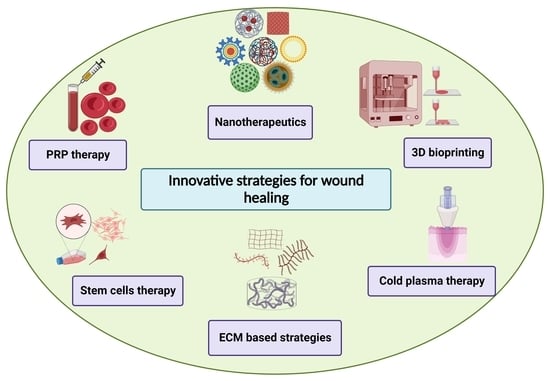Table of Contents

[/image][=video]
[/video]
There are several sorts of stem cells. In basic, the term stem cell describes a classification of cells that trigger various other cells (like skin, blood, heart, and muscular tissue cells) by duplicating and distinguishing in reaction to chemical hints. Totipotent stem cells show up at the earliest phase of advancement and are the only stem cells which can produce beginning stem cells and the placenta.
Bone marrow transplant (BMT) is an unique treatment for patients with specific cancers or various other illness. A bone marrow transplant entails taking cells that are normally discovered in the bone marrow (stem cells), filtering system those cells, and providing back either to the donor (patient) or to an additional individual. The objective of BMT is to transfuse healthy and balanced bone marrow cells right into an individual after his or her very own undesirable bone marrow has actually been dealt with to eliminate the uncommon cells.
Bone marrow is the soft, mushy cells located inside bones. It is where many of the body's blood cells establish and are kept. The blood cells that make various other blood cells are called stem cells. One of the most primitive of the stem cells is called the pluripotent stem cell. This is various than various other blood cells with regard to the adhering to residential or commercial properties: It is able to duplicate another cell similar to itself.
It is the stem cells that are needed in bone marrow transplant. The objective of a bone marrow transplant is to cure numerous illness and kinds of cancer. When the dosages of radiation treatment or radiation required to treat a cancer cells are so high that an individual's bone marrow stem cells will certainly be completely harmed or destroyed by the treatment, a bone marrow transplant may be needed.
Menopause Treatment servicing Eastpointe, Michigan
This process is usually called rescue. Change bone marrow with genetically healthy working bone marrow to stop more damage from a hereditary condition process (such as Hurler's syndrome and adrenoleukodystrophy). The dangers and benefits need to be weighed in a thorough conversation with your healthcare provider and experts in bone marrow transplants prior to the treatment.
There are different kinds of bone marrow transplants depending upon that the benefactor is. The various kinds of BMT consist of the following: The benefactor is the patient himself or herself. Stem cells are taken from the client either by bone marrow harvest or apheresis (a process of gathering outer blood stem cells), icy, and afterwards provided back to the patient after intensive treatment.
The benefactor shares the same genetic type as the patient. Stem cells are taken either by bone marrow harvest or apheresis from a genetically matched contributor, typically a bro or sis. Various other contributors for allogeneic bone marrow transplants might consist of the following: A haploid-identical match is when the donor is a moms and dad and the hereditary match goes to the very least half the same to the recipient.

Matching includes typing human leukocyte antigen (HLA) tissue. The antigens on the surface area of these special leukocyte determine the hereditary make-up of an individual's body immune system. There go to least 100 HLA antigens; nonetheless, it is thought that there are a few major antigens that identify whether a benefactor and recipient suit.
Medical study is still examining the duty all antigens play in the procedure of a bone marrow transplant. The more antigens that match, the much better the engraftment of contributed marrow. Engraftment of the stem cells takes place when the contributed cells make their means to the marrow and begin making brand-new blood cells.
Stem Cell Therapy local to Eastpointe
All people work together to provide the ideal possibility for an effective transplant. The group consists of the following: Health care companies that specialize in oncology, hematology, immunology, and bone marrow transplantation.
Professionals that will certainly help you meet your dietary demands prior to and after the transplant. Numerous various other team participants will certainly evaluate you before transplantation and will give follow-up treatment as needed.

A total clinical history and physical examination are done, including several examinations to assess the person's blood and body organ functions (as an example, heart, kidney, liver, and lungs). An individual will often enter into the transplant center up to 10 days prior to transplant for hydration, analysis, placement of the central venous line, and various other prep work.
For an allogeneic transplant, a suitable (tissue entered and matched) contributor has to be available. Voluntary marrow benefactors are signed up in several nationwide and worldwide pc registries.
Contributor resources offered include: self, brother or sister, moms and dad or loved one, nonrelated person, or umbilical cable from a relevant or nonrelated individual. There are nationwide and international computer registries for nonrelated individuals and cord blood.
Menopause Therapy
Examinations associated with his or her wellness, direct exposure to viruses, and genetic evaluation will be done to identify the level of the suit. The contributor will be given directions on how a bone marrow donation will be made. When a suit for a patient requiring a bone marrow transplant is found, after that stem cells will be collected either by a bone marrow harvest.
Or by a peripheral blood stem cell collection. This is where stem cells are gathered from the flowing cells in the blood.
Navigation
Latest Posts
Hormone Therapy around Eastpointe, Michigan
Perimenopause Treatment
Perimenopause Treatment in Eastpointe, Michigan